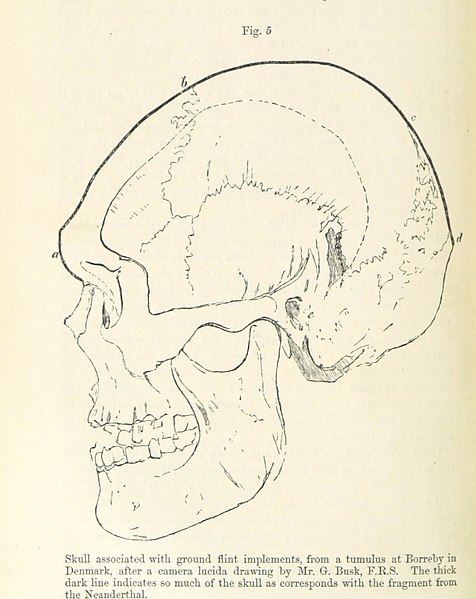Aggregated News

Until now, researchers wanting to understand the Neanderthal brain and how it differed from our own had to study a void. The best insights into the neurology of our mysterious, extinct relatives came from analyzing the shape and volume of the spaces inside their fossilized skulls.
But a recent marriage of three hot fields—ancient DNA, the genome editor CRISPR, and "organoids" built from stem cells—offers a provocative, if very preliminary, new option. At least two research teams are engineering stem cells to include Neanderthal genes and growing them into "minibrains" that reflect the influence of that ancient DNA.
None of this work has been published, but Alysson Muotri, a geneticist at the University of California, San Diego (UCSD) School of Medicine, described his group's Neanderthal organoids for the first time this month at a UCSD conference called Imagination and Human Evolution. His team has coaxed stem cells endowed with Neanderthal DNA into pea-size masses that mimic the cortex, the outer layer of real brains. Compared with cortical minibrains made with typical human cells, the Neanderthal organoids have a different...



